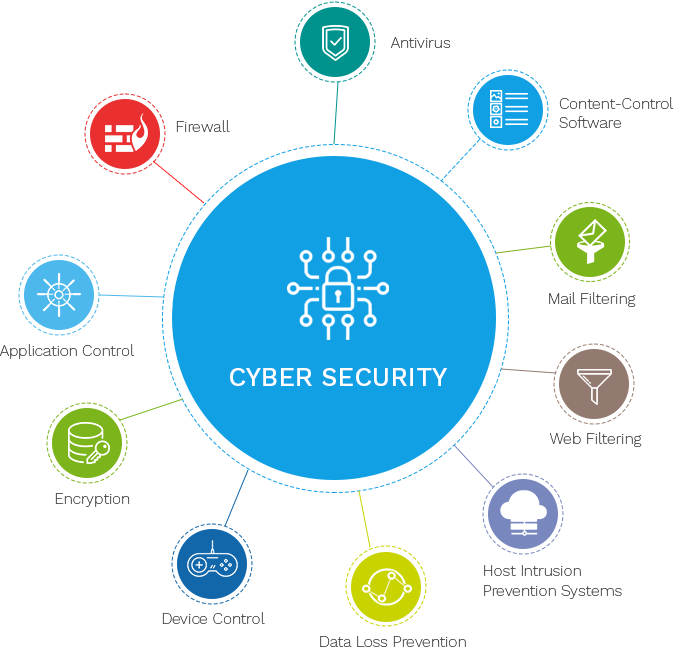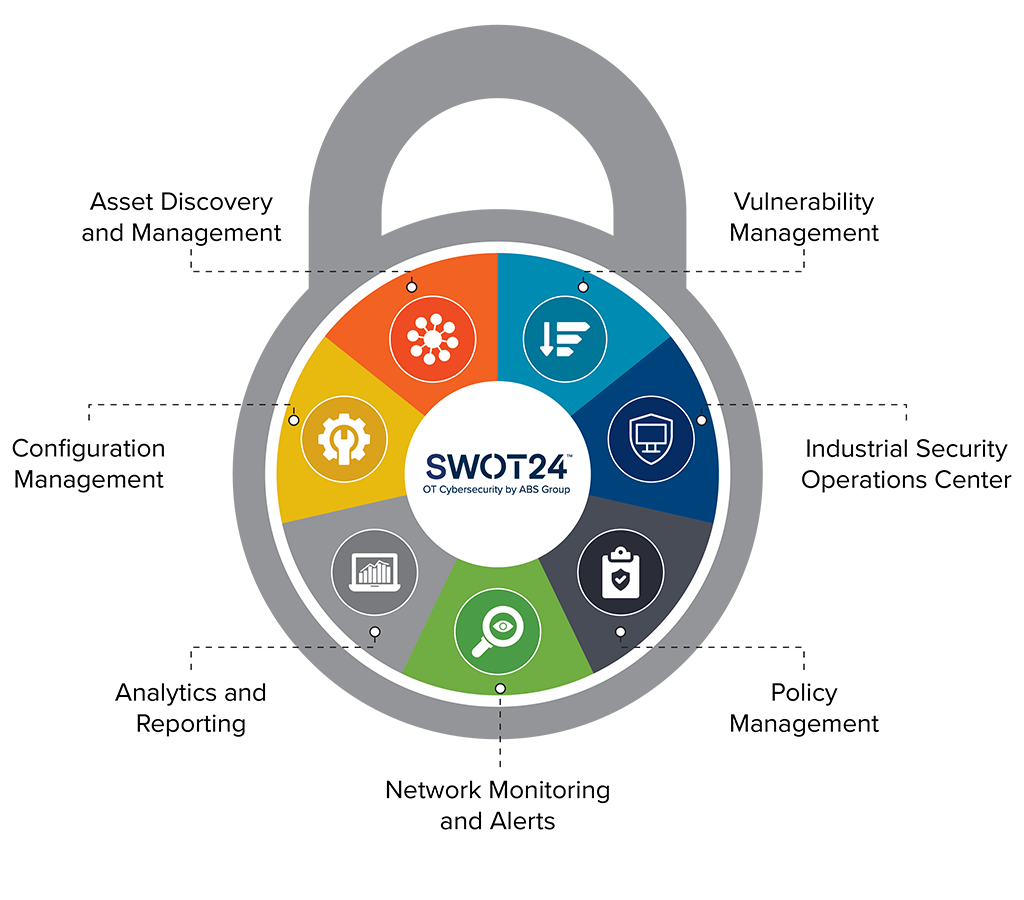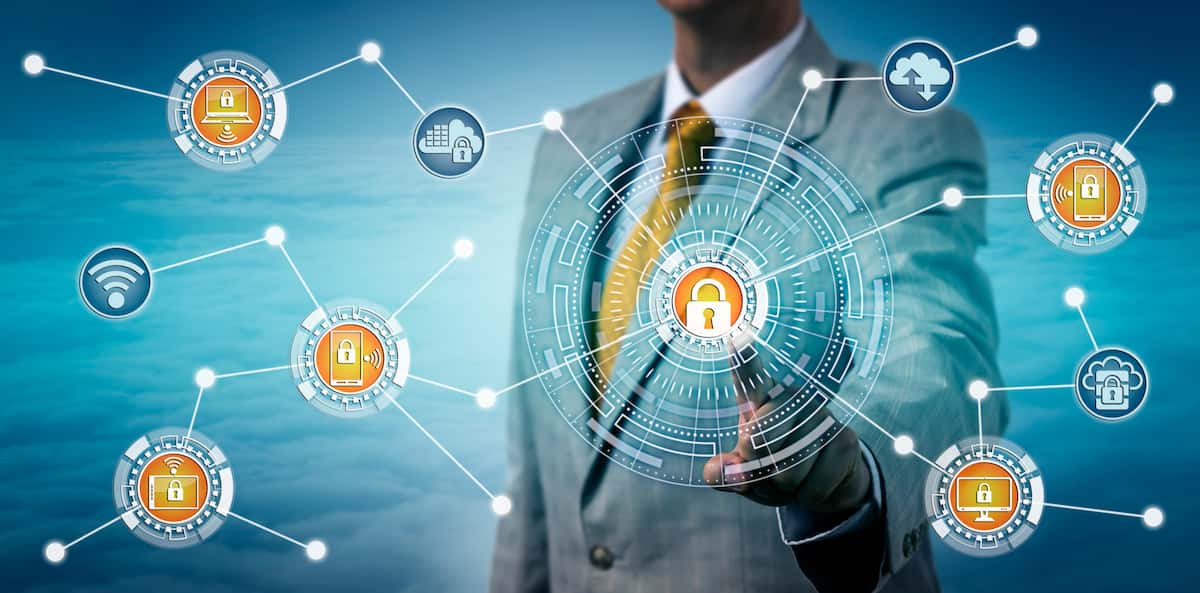How to Choose the Best Cyber Security Services in Dubai for Your Service Demands
How to Choose the Best Cyber Security Services in Dubai for Your Service Demands
Blog Article
Checking Out Just How Cyber Security Functions to Safeguard Your Online Existence
In today's electronic landscape, protecting one's online visibility has come to be progressively vital, with cyber hazards advancing at an alarming pace. Cyber protection employs a complex approach, integrating advanced modern technologies like firewall softwares, security, and multi-factor verification to protect delicate details. Just how do these modern technologies work together to develop a smooth shield versus cyber threats?
Understanding Cyber Hazards
In the digital landscape, cyber hazards represent a powerful challenge, calling for a nuanced understanding of their nature and prospective impact. These risks encompass a wide variety of destructive tasks coordinated by individuals, teams, and even nation-states, targeting delicate information, disrupting operations, or causing reputational damage. Comprehending cyber risks begins with determining the various types they take, consisting of malware, phishing, ransomware, and dispersed denial-of-service (DDoS) assaults.
Malware, or malicious software program, includes infections, worms, and trojans that penetrate systems to swipe information or cause harm. Ransomware encrypts sufferers' information, requiring a ransom for its release, presenting considerable functional and economic dangers.
Recognizing the motivations behind these threats is crucial. By adequately comprehending the varied nature of cyber hazards, organizations can better prepare for possible vulnerabilities and strategically designate resources to strengthen their defenses versus these ever-evolving dangers.
Key Cyber Security Technologies
As organizations strive to guard their digital possessions, vital cybersecurity innovations play an essential function in fortifying defenses versus cyber threats. These technologies include a broad range of techniques and devices developed to shield data stability, discretion, and accessibility. In today's electronic landscape, intrusion discovery systems (IDS) and breach prevention systems (IPS) are critical. IDS monitor network web traffic for dubious tasks, while IPS proactively obstruct potential hazards, making sure real-time security.
In addition, anti-viruses and anti-malware remedies stay fundamental in recognizing and alleviating destructive software application. They utilize heuristic and signature-based strategies to find unknown and known threats. Endpoint discovery and reaction (EDR) systems additionally improve protection by offering extensive presence into endpoint tasks, making it possible for speedy case response.
Identity and access monitoring (IAM) technologies make certain that only licensed customers get to vital sources, thus minimizing the threat of unauthorized data access. Multifactor authentication (MFA) includes an additional layer of security, requiring individuals to offer several confirmation factors.
Furthermore, safety details and occasion monitoring (SIEM) systems aggregate and assess security data, providing understandings right into prospective susceptabilities and promoting proactive threat management. These modern technologies jointly create a robust structure, encouraging organizations to keep a resilient cybersecurity stance.
Role of Firewalls and Security
By managing incoming and outbound network website traffic, they stop unauthorized access to information and systems. Firewall programs utilize predefined safety regulations to obstruct or permit data packets, properly shielding sensitive details from cyber dangers.
Encryption, on the various other hand, transforms understandable data into an inscribed style that can only be analyzed with a particular cryptographic trick. Encryption is important for securing delicate info such as monetary data, personal recognition details, and proprietary service details.
With each other, firewall programs and file encryption give a thorough defense reaction. While firewall programs manage gain access to and guard networks from unauthorized entrance, encryption safeguards information get more honesty and discretion. Their incorporated application is essential in mitigating threats and ensuring the protection of electronic properties in a significantly interconnected globe.

Importance of Multi-Factor Authentication
While firewall softwares and file encryption create the foundation of cybersecurity, improving defenses better needs the implementation of multi-factor verification (MFA) MFA adds an added layer of safety by calling for individuals to validate their identity through 2 or more different aspects prior to getting to sensitive details or systems. These aspects typically consist of something the individual knows (a More Bonuses password), something the individual has (a protection token or smart device), and something the individual is (biometric confirmation such as a fingerprint or face acknowledgment)
The importance of MFA in protecting online existence is vital in today's electronic landscape. With cyber dangers coming to be increasingly sophisticated, relying only on traditional password-based authentication leaves systems susceptible to breaches. MFA significantly reduces the threat of unapproved access by making this hyperlink it tremendously more difficult for cybercriminals to compromise an account. Even if a password is taken, the extra confirmation steps work as a powerful obstacle.

Behavioral Analytics in Cyber Safety
Behavioral analytics stands for a critical improvement in cybersecurity, providing an advanced strategy to threat discovery and avoidance. By examining patterns in user behavior, this method recognizes abnormalities that might suggest possible cyber risks. Unlike traditional safety and security measures, which frequently rely upon predefined policies and signatures, behavior analytics leverages artificial intelligence and analytical designs to develop a baseline of typical activity. When deviations from this standard occur, it sets off informs for more investigation, making it possible for faster reaction times to possible violations.
This technology is especially reliable in detecting insider hazards and zero-day assaults, which are commonly missed by traditional security systems. Expert risks, where individuals within a company misuse gain access to opportunities, can be particularly destructive and challenging to identify. Best Cyber Security Services in Dubai. Behavioral analytics supplies a layer of scrutiny that can catch subtle inconsistencies in actions, such as unusual accessibility patterns or information transfers, before they escalate right into significant security occurrences
Moreover, the vibrant nature of behavioral analytics permits it to adapt to developing risks, supplying continuous defense as cyberattack methods change. As organizations significantly depend on electronic facilities, including behavioral analytics right into cybersecurity techniques guarantees a durable defense, safeguarding delicate data and maintaining count on in digital communications.
Conclusion
To conclude, the complex technique of cyber security, encompassing technologies such as firewall softwares, file encryption, multi-factor authentication, and behavior analytics, plays a critical duty in protecting on the internet visibility. By filtering system website traffic, protecting information transmission, requiring several verification methods, and keeping an eye on user activity for anomalies, these technologies jointly attend to the complexities of modern cyber risks. This layered defense not only safeguards economic and individual info but also makes sure constant protection in an ever-evolving electronic landscape.

As organizations aim to guard their digital possessions, vital cybersecurity technologies play a critical function in fortifying defenses versus cyber threats. Firewalls make use of predefined safety and security regulations to obstruct or permit data packages, successfully protecting delicate details from cyber hazards.This modern technology is specifically effective in detecting expert dangers and zero-day strikes, which are frequently missed out on by conventional protection systems. By filtering system traffic, safeguarding information transmission, needing numerous verification methods, and keeping an eye on user task for anomalies, these modern technologies jointly attend to the intricacies of modern cyber risks.
Report this page